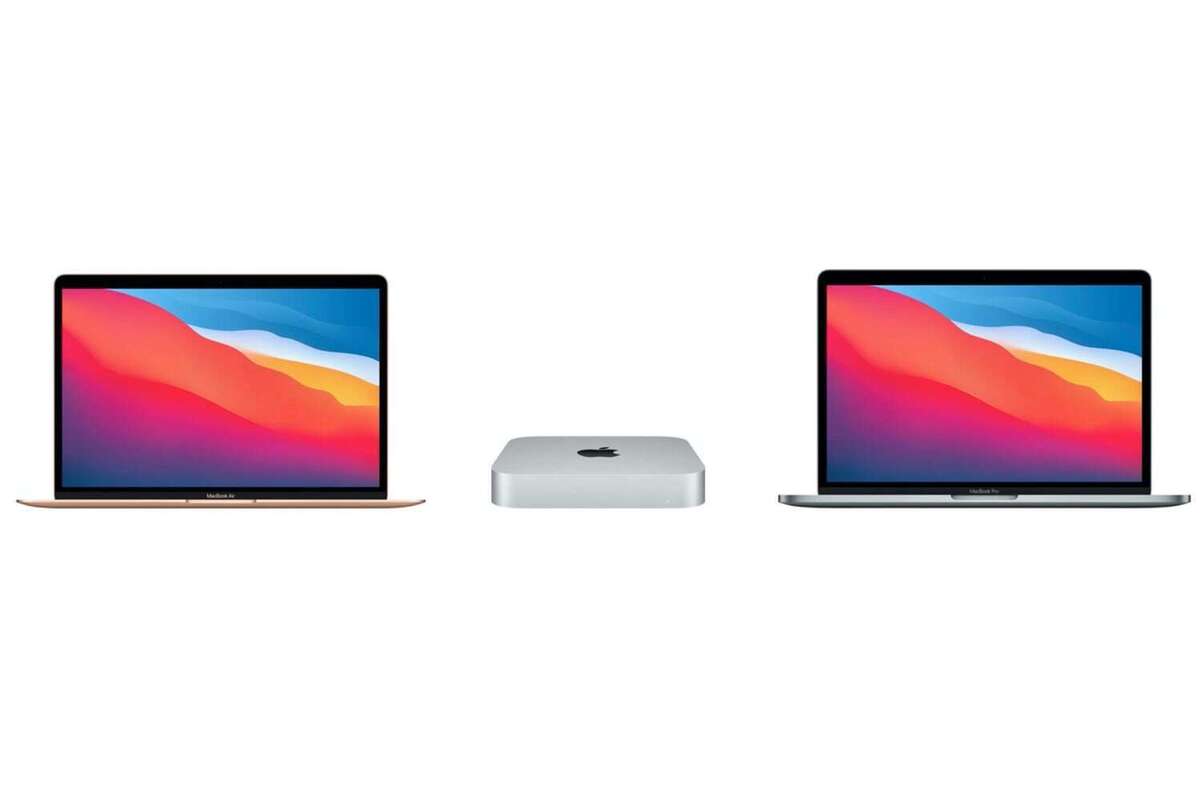Driven by employee choice and ease of use, Apple continues to gain share in the enterprise — but businesses still need to fully grapple with the extent to which employees today want tech to get things done that also stays out of the way.
Putting the (internal) customer first
At this stage of the digital transformation of everything, it shouldn’t really need saying. But employees don’t want to use outdated tech and want their employers to get a grip on their controlling tendencies when it comes to remote working.
These are just some of the findings of the latest TRUCE workplace survey, The Connected Workforce, which found some interesting (and somewhat disappointing) concerns among 1200 US workers:
- 30.2% of workers see the need to use outdated systems that are cumbersome or slow at work as a big concern when it comes to work-related technology.
- Almost a quarter (23.9%) are concerned that they always need to be connected.
- 7% are concerned about needing to learn new systems or processes.
- 15.4% of workers say some employers continue to insist on holding too many video conferences. (Here’s how to make those meetings more effective.)
Respect people’s space
Surveillance in the remote workplace is also upsetting people.
Just over one in 10 (10.8%) of employees are concerned that their company-issued devices are monitored. That’s beyond MDM systems, of course — this is more about those intrusive "are you at work" systems some controlling employers insist on using.
Commenting on these findings, TRUCE said: “The options afforded to workers in terms of technology, along with the tools used to manage its usage, contribute to an employee’s perception about the workplace and their ability to be productive and have their privacy protected.”
[Also read: 17 ways the iPhone transformed enterprise tech]
The researchers also investigated what employees wanted from their employers and how digital tools can attract and retain them in their jobs.
We know that during the pandemic, many employers began to lose sight of the separation between work and personal life. This led to insane workloads, video meetings at ungodly hours, and multiple reports of stress and burnout among remote staff.
It's no wonder, then, that when it comes to retention and recruitment, employees want their employers to enforce work/life boundaries: 31.4% of them see this as the best way employers can attract and keep talent.
Employee choice is no choice
Today’s workforce is also a digitally native workforce. Therefore 20.8% will stick with or join an employer who provides them with the best tech for the job. Employee choice is also a significant satisfaction driver, with 16.8% of employees seeking choice in the tech they use at work.
These decisions are win/win factors: 48.6% of workers think using the right tech makes them more productive, and 35.8% say being equipped with appropriate technology helps make their job more flexible.
In other words, employees want to choose the tech they use at work, want it to be the best solution(s) for the work they do, want to be able to work flexibly, and will reward all of this with loyalty and improved productivity.
But they also want their personal space respected, and a growing number of people really don’t want employers to track them when they are using tech tools.
What’s at stake? Better business outcomes
The reward? Once technology and business systems are moved out of the way, employees can focus instead on doing what adds value to your business. You really don’t want them transitioning between two or more over-complex systems to get one piece of administration done; you want those logical and problem-solving skills focused on your business.
Empowering staff with choice and relevant technology may have an up-front cost, but will improve customer experiences and build businesses bigger. That’s how PWC Canada Partner Nadir Hirji sees it.
While this may be what people at the edge of your enterprise need, businesses continue to face challenges integrating older systems and technologies with the latest tech. A recent MuleSoft report claimed that while almost three quarters of customer interactions are now digital, only a third of businesses can provide completely connected user experiences across all channels.
Another survey confirms that legacy applications are slowing digital transformation across 79% of organizations. That’s a clear illustration of the scale of the tech challenge — almost as if people haven’t heard of Apple Business Chat.
Connect the dots
Solutions to these challenges don’t need to be Apple-based, of course. But the thinking around the adoption of them needs to head towards where audiences (and employees) are, not where a business thinks they should be.
While there is no one right way to ride a wave, no one can surf against the ocean. The need to challenge anachronistic logic is deep and embedded across every business. In a nutshell, ensure cloud and app-based solutions are multi-platform, create workplace ecosystems that are mobile, flexible, and powerful, protect the endpoints, make the whole think easy to use and reap the rewards.
Engaged workforces create engaged customers. Disengaged employees simply leave — perhaps taking your customers with them.
All these factors are driving a renaissance of multiplatform technologies across enterprise IT, prompting some in the space to anticipate Apple will become the No. 1 device ecosystem by 2030.
As I said at the beginning, driving all of this is employee choice.
Please follow me on Twitter, or join me in the AppleHolic’s bar & grill and Apple Discussions groups on MeWe.






